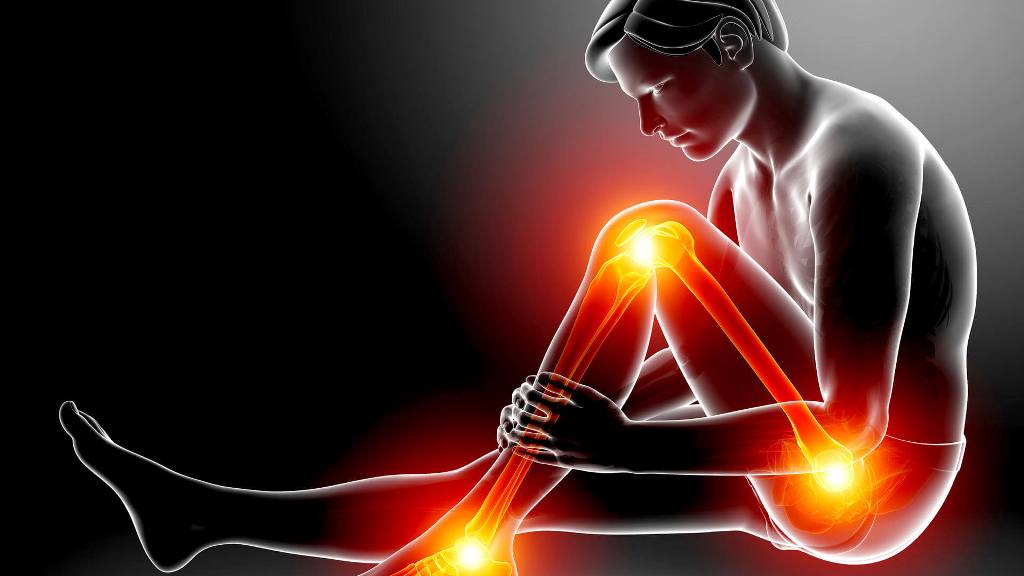Sciatica is nerve pain that begins in the buttock/gluteal area and is caused by an injury or irritation to the sciatic nerve. The sciatic nerve is the body’s longest and thickest (almost a finger’s breadth) nerve. It consists of five nerve roots: two from the lower back, known as the lumbar spine, and three from the sacrum, the last section of the spine.
Do you know what sciatica nerve pain is?
A Right and left sciatic nerve is formed when the five nerve roots come together. One sciatic nerve runs through your hips, buttocks, and down one leg, ending just below the knee on each side of your body. The sciatic nerve splits into several nerves that run down your leg and into your foot and toes. Generic Lyrica is also a good choice that can help you to improve the symptoms of sciatica pain and joints pain.
Sciatica signs and symptoms
A shooting pain can occur anywhere along the sciatic nerve, from the lower back to the buttocks and down the back of either leg. Other typical sciatica symptoms include:
- Numbness along the nerve in the leg
- Tingling (pins and needles) sensation in the foot and toes
- This discomfort can be mild to severe, and Sitting for long periods of time can worsen it.
variety of factors causes sciatica
Sciatica is a common symptom of many medical disorders, but it is thought to be caused by a herniated (slipped) disc in 90% of cases. There are three portions to the spinal column:
- vertices
- nerves
- discs
Cartilage is a Strong and durable material that acts as a cushion between each vertebra and helps the spine to be flexible. When a disc protrudes and puts pressure on the sciatic nerve, it is called a herniated disc. Gabapentin 300 mg or Gabapentin 400 may help you to treat nerve pain.
Sciatica can also be caused by:
- A narrowing of the spinal cord in the lower back is known as lumbar spinal stenosis.
- A condition in which a disc slips forward over the vertebra below it is known as spondylolisthesis.
- Tumours in the spine – can compress the sciatic nerve’s root.
- Infection – which eventually affects the spine.
- Other factors can also play a role, such as a spinal injury.
Cauda equina syndrome is uncommon, but a condition that affects the nerves in the lower region of the spinal cord and necessitates medical intervention very away.
Risk factors
The following are some common risk factors:
- Sciatica is more likely to occur in adults in their 30s and 40s.
- Jobs that require lifting big loads for lengthy periods are classified as professions.
- People who sit for long periods and are physically sedentary are more prone to get sciatica.
What are the symptoms of sciatica & how can you know if you have it?
If sciatica symptoms are minor and last less than 4-8 weeks, it is most likely acute sciatica, and medical intervention is usually not necessary.
A thorough medical history may aid in the diagnosis. Doctors would also ask the patient to do some basic stretching exercises to extend the sciatic nerve. These exercises frequently indicate sciatica.
If the pain lasts longer than 4–8 weeks, imaging tests like an X-ray or an MRI may be required to determine what is pinching the sciatic nerve and causing the symptoms.
What are the signs and symptoms of sciatica, and how can you tell whether you’re suffering from it?
It is most likely acute sciatica if sciatica symptoms are minimal and last less than 4-8 weeks. Usually, no medical procedure is necessary.
- A complete medical history can contribute to the diagnosis. According to the doctors, the patient should also perform some fundamental exercises to expand the sciatic nerve. Sciatica is usually marked by shooting pain down the leg when performing these exercises.
- If the pain persists for more than 4–8 weeks, imaging tests such as an X-ray or an MRI may be needed to figure out what is pinching the sciatic nerve and producing the symptoms.
- Lying on your back, raise one leg in the air, wrap a towel or strap over the raised thigh or foot, and support your leg with the towel while gradually straightening your knee is a simple hamstring stretch for persons with sciatica. The leg can be straight or bent on the floor but depends on how well it is. You should feel a stretch around your leg’s back.
- Sitting for long periods should be avoided.
- Seeing a physical therapist for help with stretching, heat or ice therapy, and exercises to strengthen the spine’s core muscles.
- Following your doctor’s advice and use medicines like Gabapin. Your doctor may prescribe you Gabapin 300mg in the treatment of sciatica pain.
- Using complementary therapies like acupuncture or a technique like the Alexander technique to improve total body alignment.
Outlook
Sciatica usually goes away on its own, and surgery is not required in the majority of patients. Within six weeks, almost half of the folks will be back to normal.






